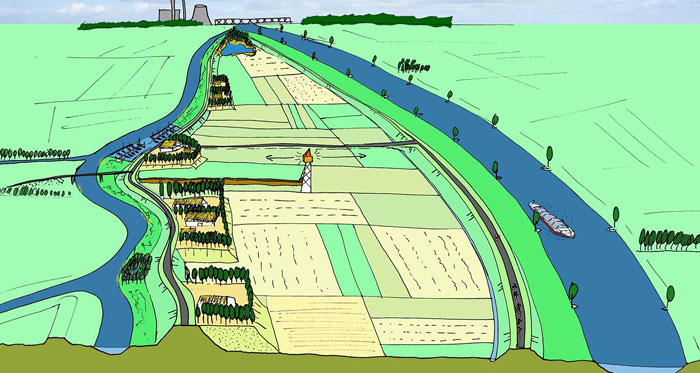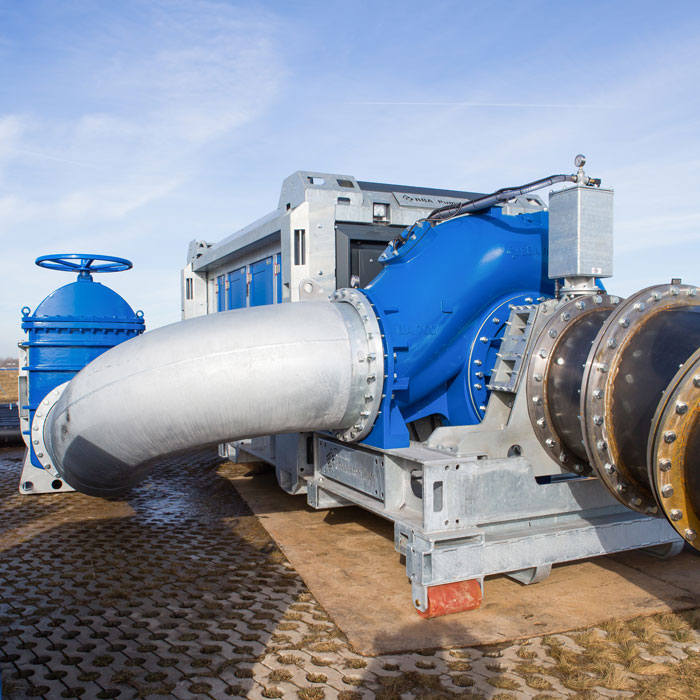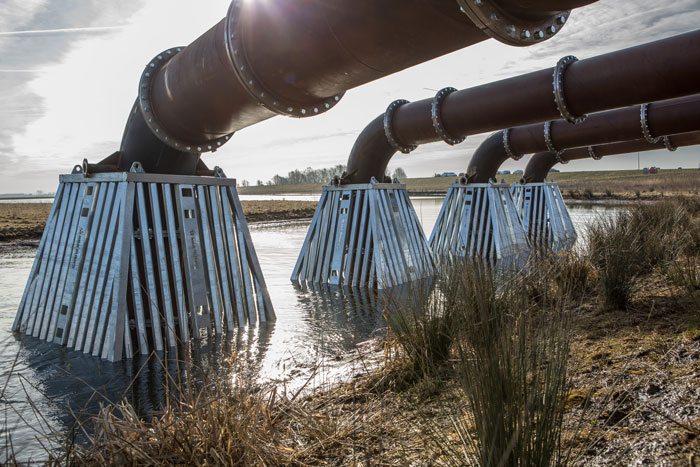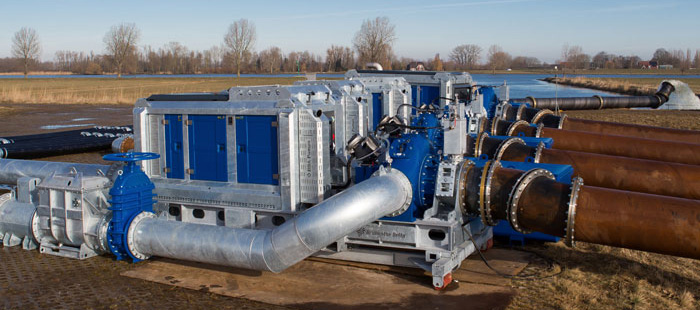A temporary installation could remove 1.3 billion gallons of polder water in two weeks.
BBA Pumps
10/05/2018
The Netherlands is nestled in the delta of three major European rivers. Water related issues such as flooding are always a risk. After a serious warning in 1995, when 250,000 people were forced to evacuate due to dangerously high water levels, the national program “Room for the River” was established.
 Image 1. A project designed to handle excess river water was launched at Overdiepse Polder (Images courtesy of BBA Pumps)
Image 1. A project designed to handle excess river water was launched at Overdiepse Polder (Images courtesy of BBA Pumps)The Overdiepse Polder
When the water level of the River Bergsche Maas is extremely high, it poses a threat to cities such as Den Bosch and Waalwijk. A storage area of 1,375 acres named Overdiepse Polder could accommodate 2.4 billion gallons of water as temporary storage. Together with the agricultural residents, a terp plan was developed so that the residents could live safely in the water storage area, even when water levels were high..jpg) Image 2. Water is moved through mobile pumping system.
Image 2. Water is moved through mobile pumping system. Image 3. A mobile pump dewaters more than 1 billion gallons of polder water.
Image 3. A mobile pump dewaters more than 1 billion gallons of polder water.Dry Again in 6 Weeks
On average, river water flows into the polder once every 25 years. This lowers the water level by 11 inches. Because of the polder, the local residents of villages and towns remain protected against upstream flooding. In conjunction with the other “Room for the River” projects, this enhances the safety of more than 4 million people within the river area. When the polder is flooded and the farmers must keep their livestock inside, the area must be dry again within six weeks of the flooding. As soon as the river’s water level starts to drop, the lock is opened, enabling some of the water in the polder to flow back. Once the water levels are equal, the lock is closed again..jpg)

 Images 4, 5 and 6. Mobile pump systems move water from the polder.
Images 4, 5 and 6. Mobile pump systems move water from the polder.
